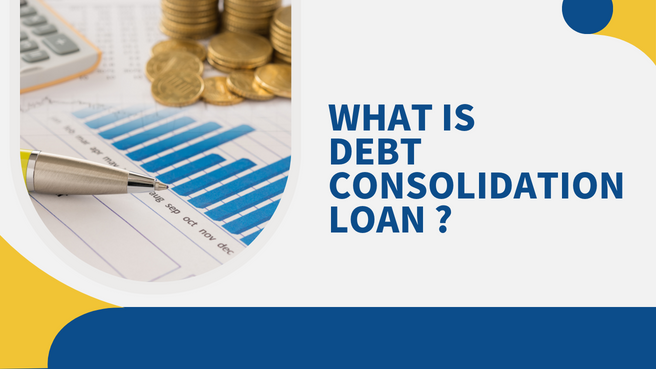Understanding various methods of moving funds can be incredibly beneficial when managing your finances. Two such methods are credit card-to-bank transfers and cash advances. Both methods serve different purposes and come with their own set of pros and cons.
This post will delve into the specifics of these methods, helping you understand and decide which option may suit your financial situation better.
Understanding Balance Transfers
Credit card-to-bank transfers involve moving the outstanding balance from one credit card to another to take advantage of lower interest rates. It is often used as a strategy for debt consolidation, making it easier to manage repayments.
However, it is helpful to consider various factors before opting for a balance transfer:
- Interest Rate Savings: Many credit cards in India offer introductory low or 0% interest rates for balance transfers. For example, if A has an outstanding balance of Rs 50,000 on a credit card with an interest rate of 18%, transferring this balance to a card offering 0% interest could save him a significant amount in interest payments.
- Balance Transfer Fees: Most lenders charge a fee for balance transfers, generally around 2-5% of the transferred amount.
- Impact on Credit Score: While a balance transfer can help consolidate debt, too many transfer requests can negatively impact your CIBIL score, indicating to lenders that you might be a high-risk borrower.
Understanding Cash Advances
A cash advance is a feature offered by many credit cards, allowing you to withdraw cash directly from your credit card at an ATM. This method can be handy for emergencies when other financing options aren’t available.
That said, cash advances come with their own set of considerations:
- Immediate Access to Funds: Unlike loans, which may take time for approval and disbursal, a cash advance provides immediate access to funds. It can be helpful during emergencies.
- High-Interest Rates & Fees: Cash advances often attract higher interest rates than regular purchases. Additionally, most credit cards in India charge a fee for cash advances, which can add to the overall cost.
- No Grace Period: Unlike credit card purchases, cash advances do not have a grace period. It means interest starts accruing from the day you withdraw the funds.
Comparing Balance Transfers and Cash Advances
While both balance transfers and cash advances provide financial flexibility, they serve different purposes and come with distinct advantages and disadvantages.
Here’s a comparison:
- Cost: Balance transfers can save money if you transfer a balance to a card with a lower interest rate. On the other hand, cash advances can be costly due to higher interest rates and fees.
- Impact on Credit Score: Multiple balance transfers can impact your CIBIL score negatively. In contrast, cash advances do not directly affect your credit score, although failing to repay can lead to a lower score.
- Repayment Terms: Balance transfers often come with promotional periods offering low or 0% interest, providing you with time to repay the balance. Cash advances, however, start accruing interest immediately, leading to higher costs if not repaid promptly.
Choosing Between Balance Transfers and Cash Advances
Choosing between a balance transfer and a cash advance depends on your financial situation and long-term goals.
- If you’re dealing with high-interest debt from multiple credit cards, a balance transfer might be an excellent strategy to consolidate your debt and potentially save on interest payments.
- However, if you’re facing an emergency and need immediate access to cash, a cash advance could be a viable option, though it’s essential to understand the associated costs.
Tips for Managing Balance Transfers and Cash Advances
Both balance transfers and cash advances can be helpful financial tools when used wisely. However, mismanagement can lead to potential debt traps.
Here are some tips to effectively manage balance transfers and cash advances:
Balance Transfers
- Understand the Terms: Before transferring a balance, understand the terms of the agreement. Ensure you know the interest rate, transfer fees, and the length of the promotional period.
- Calculate the Cost: There can be a fee associated with balance transfers. Calculate if the lower interest rate savings outweigh the transfer fee cost.
- Plan Your Repayment: The lower interest rate is often a temporary promotional offer. Ensure you can pay off the transferred balance before the promotional period ends and the rate goes up.
Cash Advances
- Use as a Last Resort: Cash advances have high interest rates and fees. Use it as a last resort.
- Know the Costs: Understand the fees and interest rates associated with cash advances. Interest begins accruing immediately, and there’s no grace period like there is for regular purchases.
- Limit the Amount: Limit your cash advance to the minimum needed amount. The more significant the cash advance, the more interest you’ll pay.
Conclusion
Whether you choose a balance transfer or a cash advance, understanding the nuances of each method can help you make an informed decision. Remember, the right choice depends on your financial situation and objectives.
It’s always recommended to consider your repayment ability and long-term financial goals before deciding.



